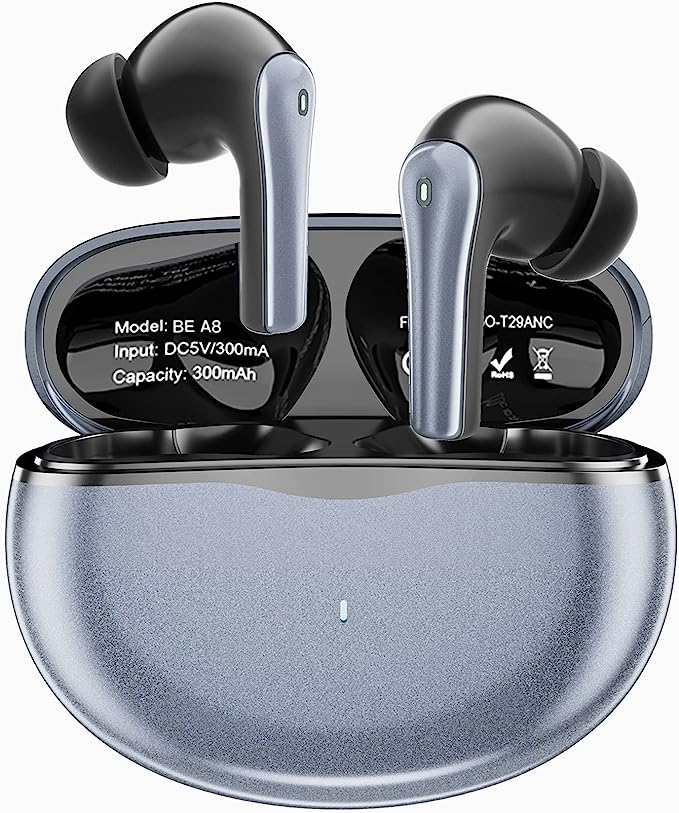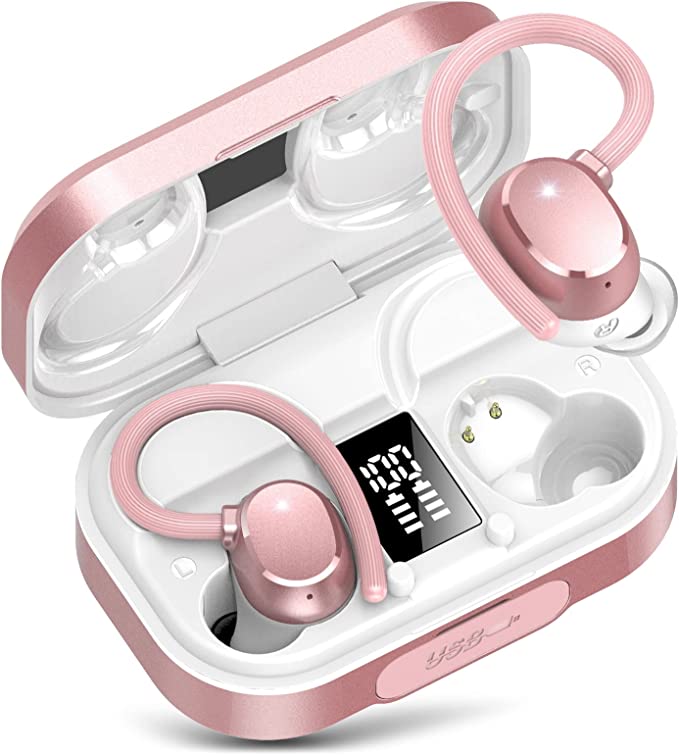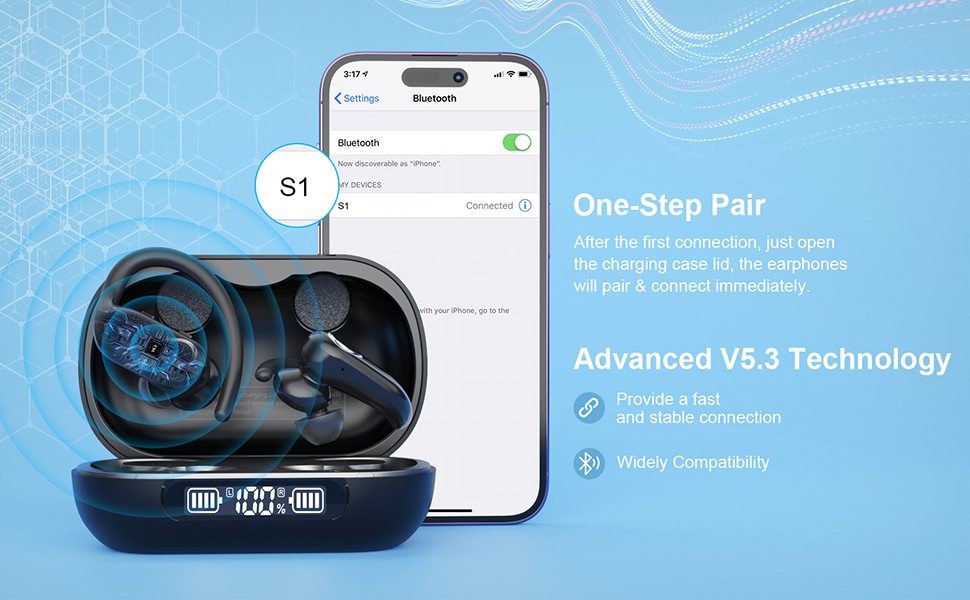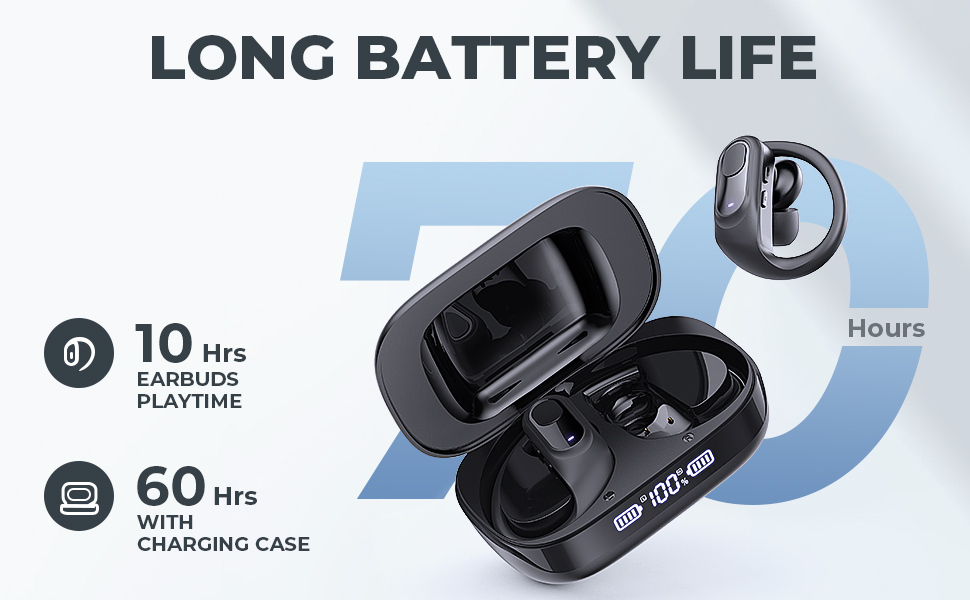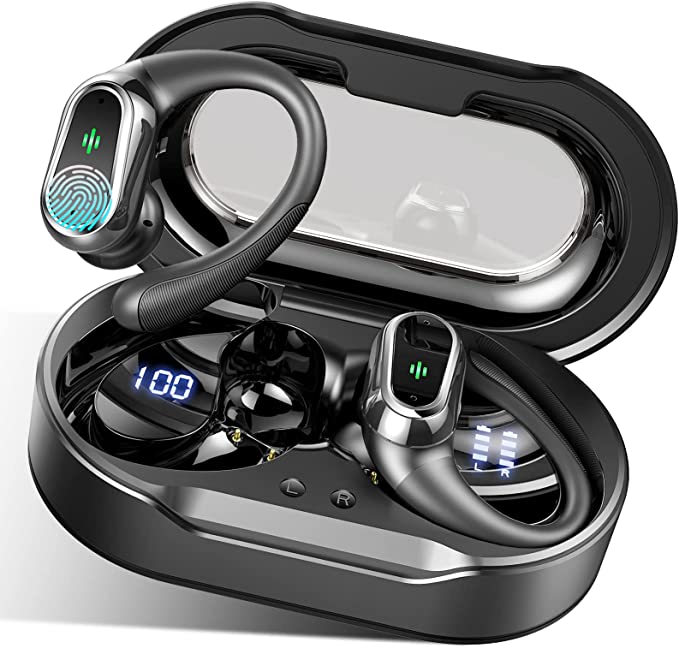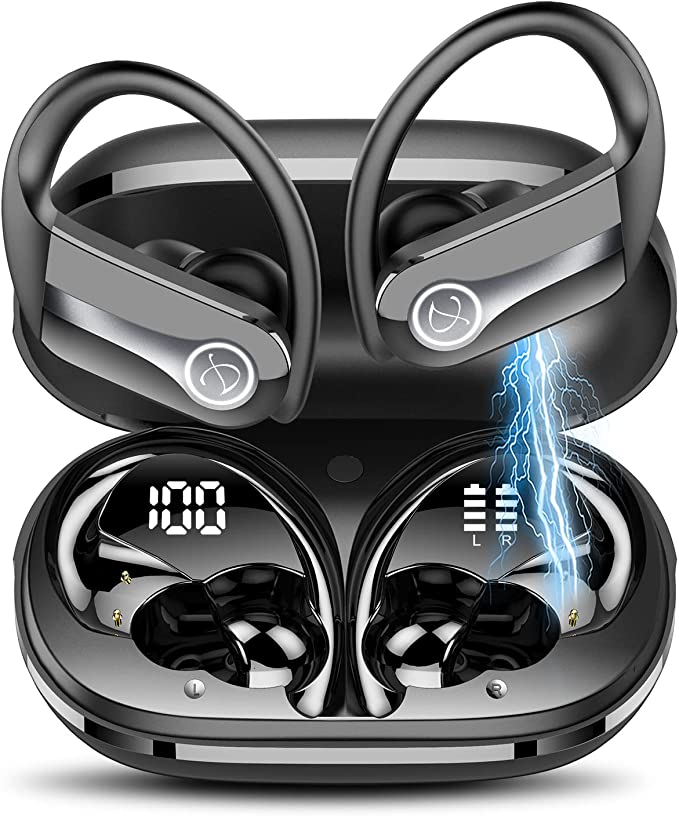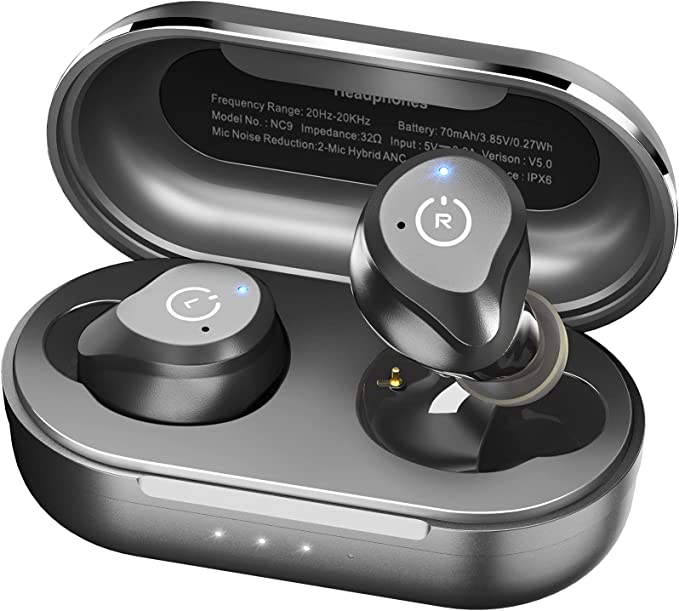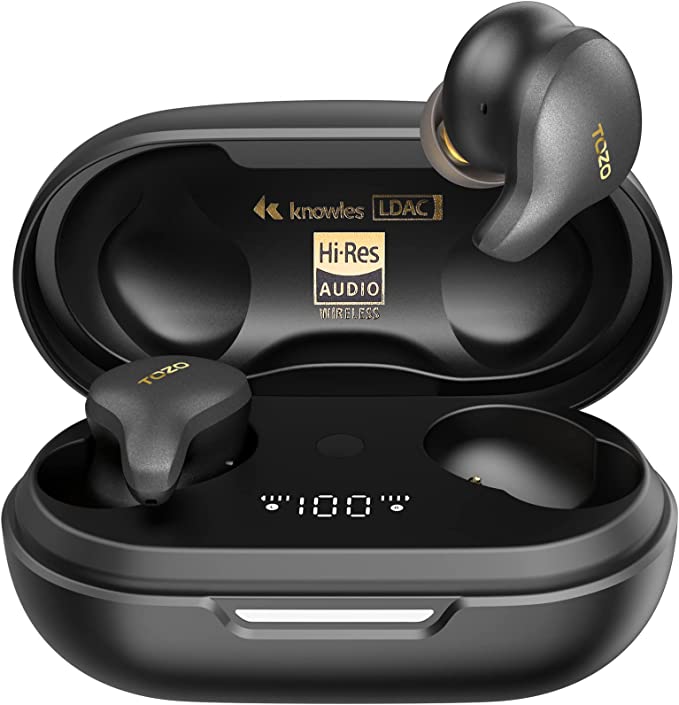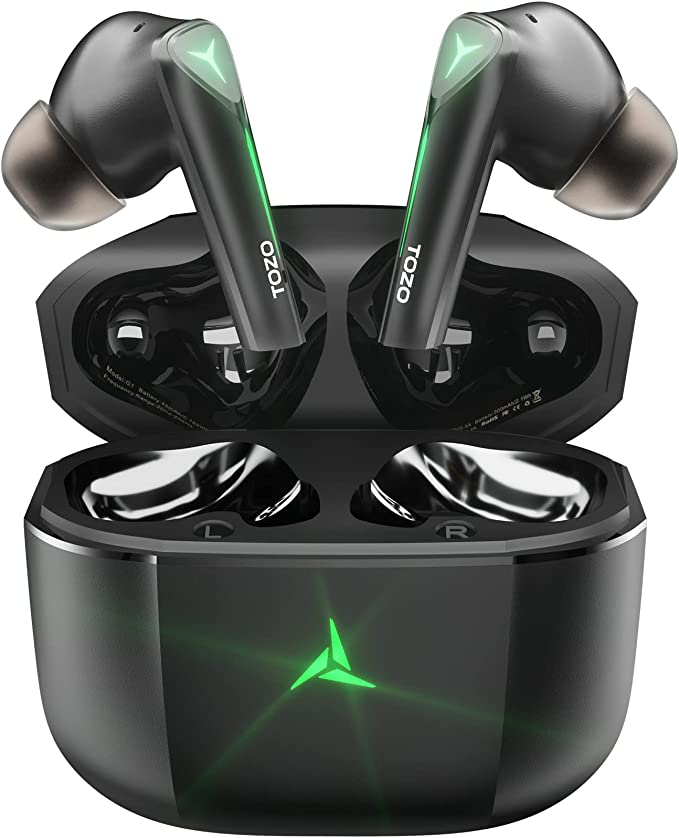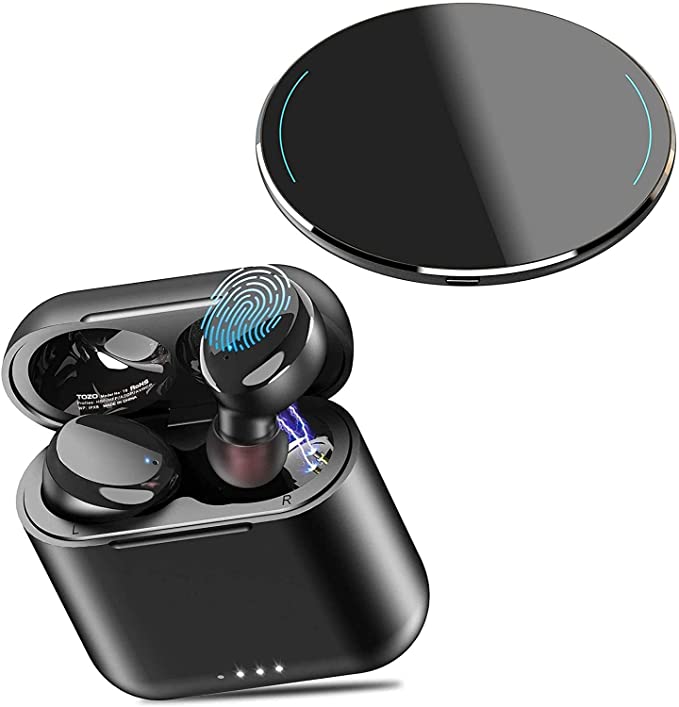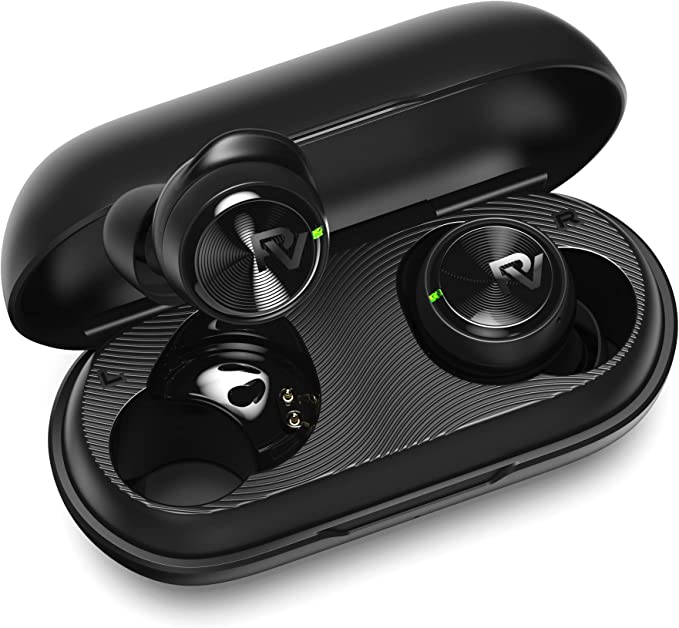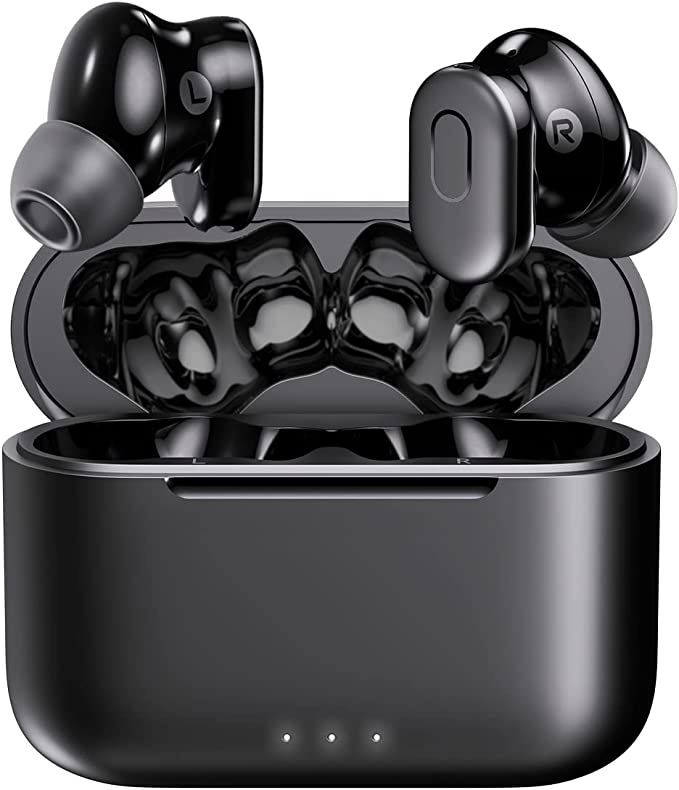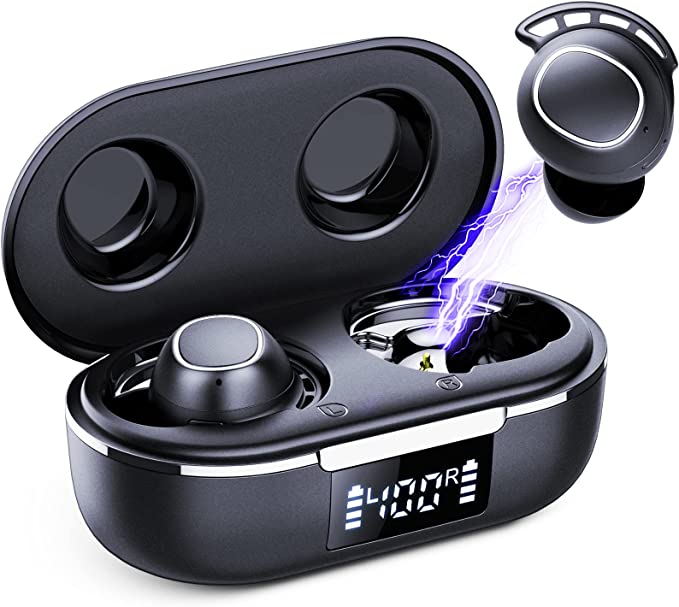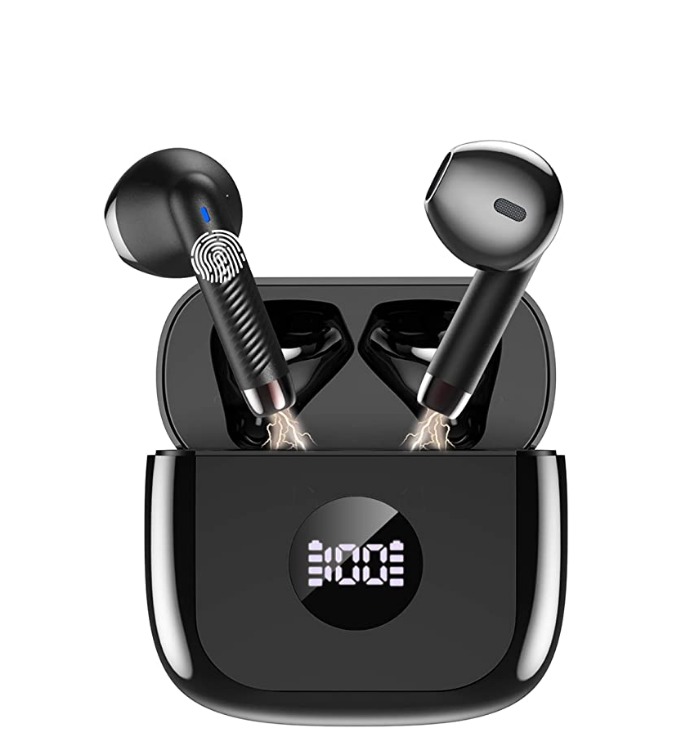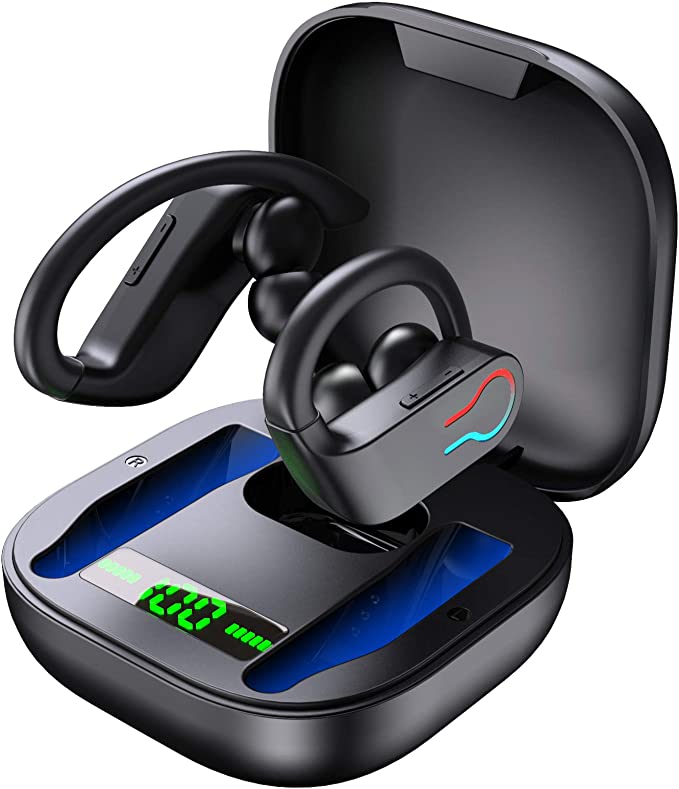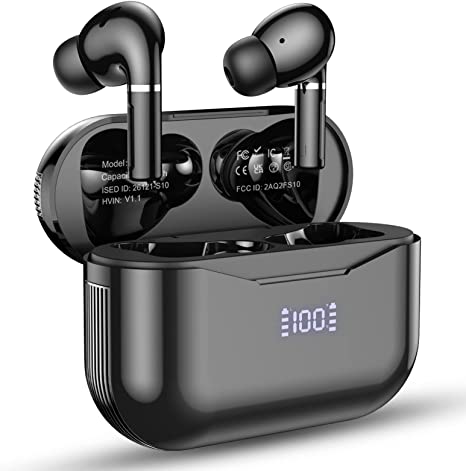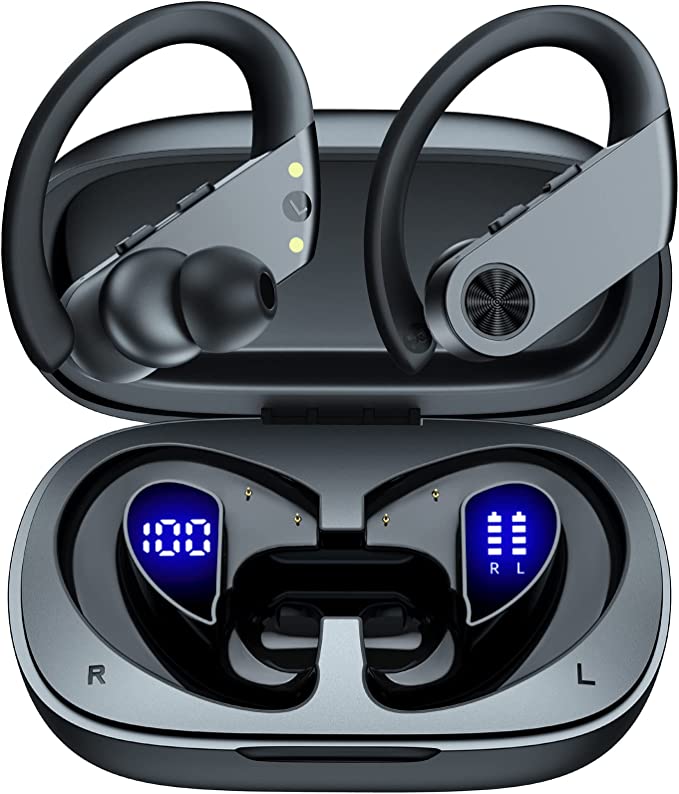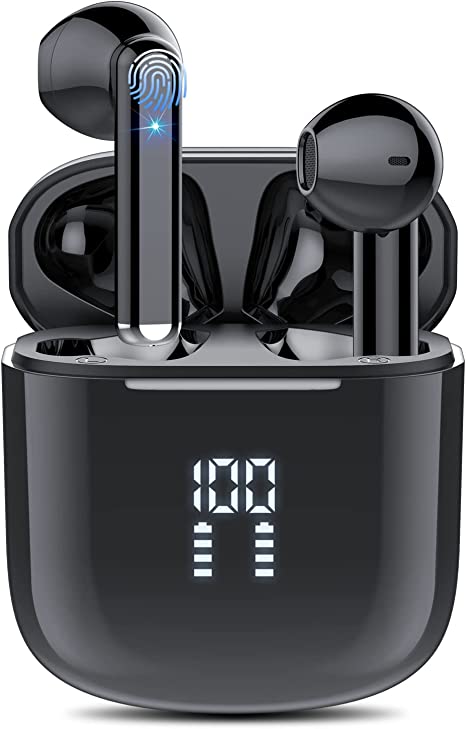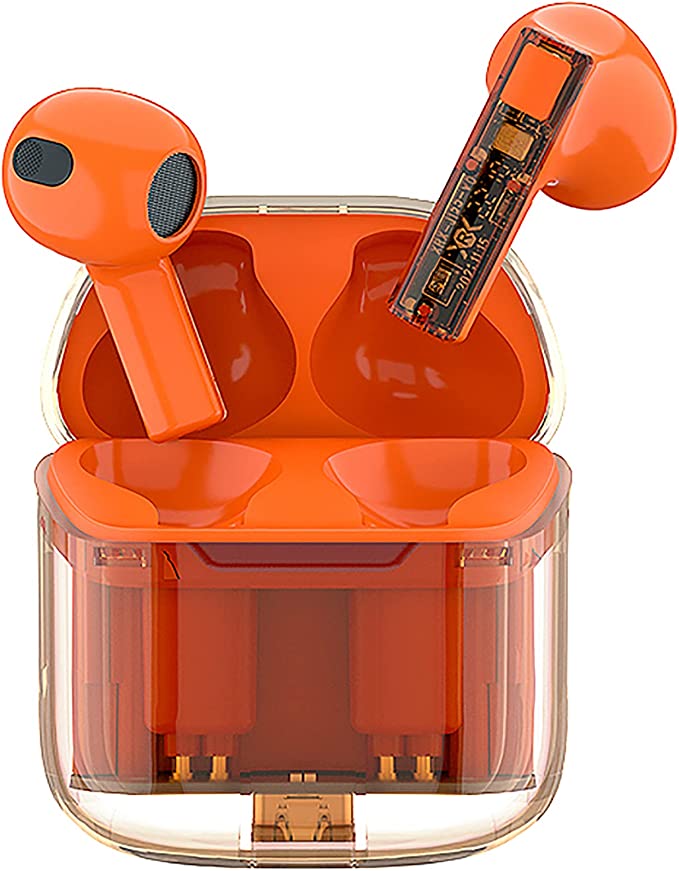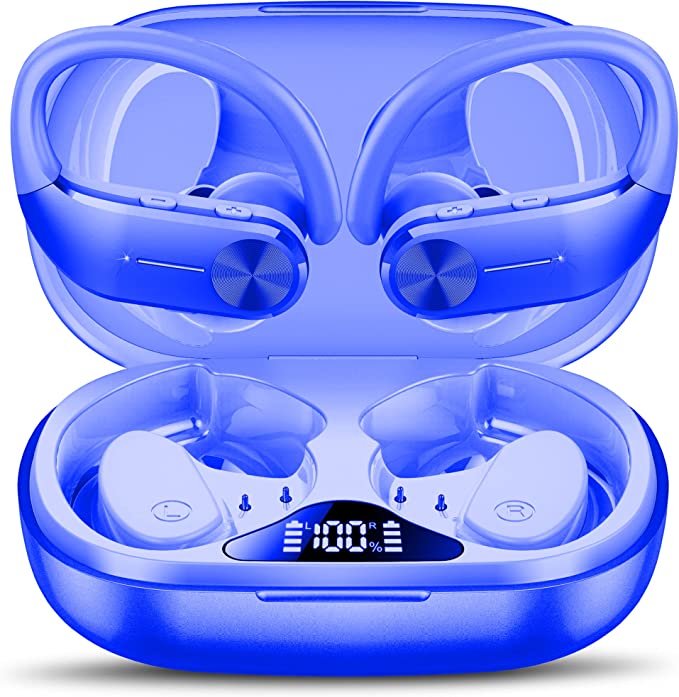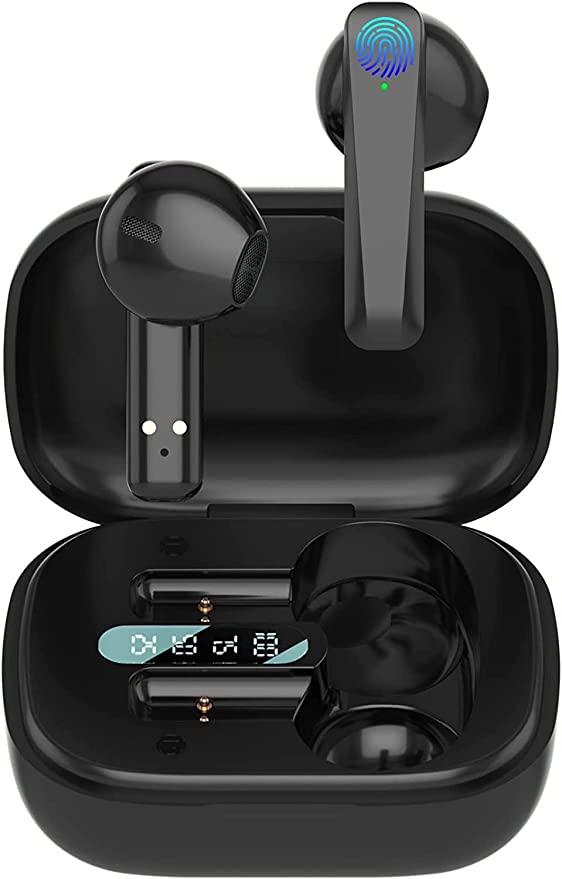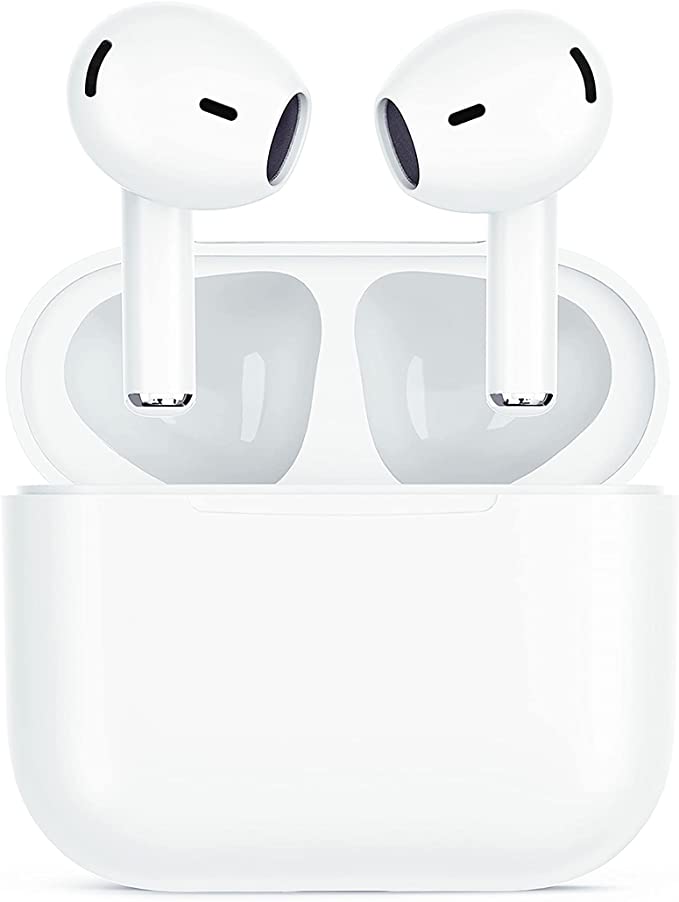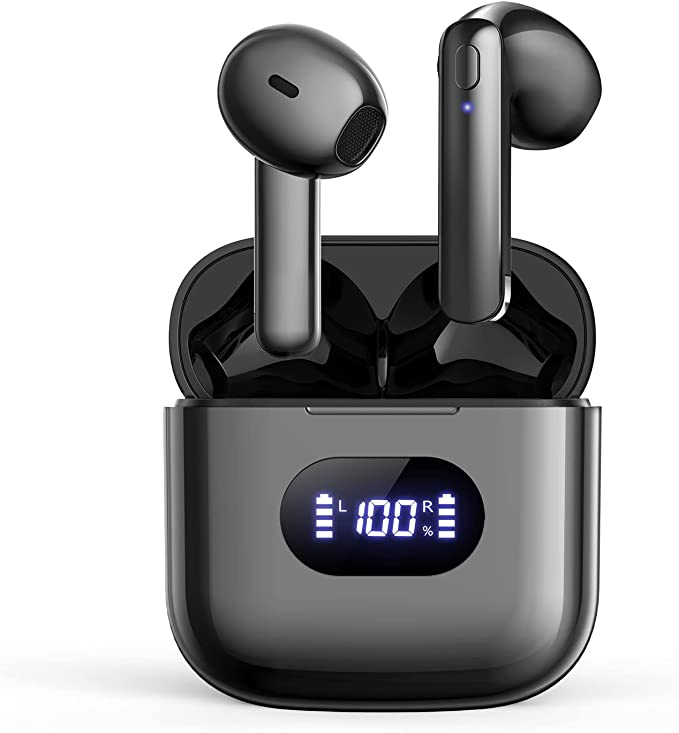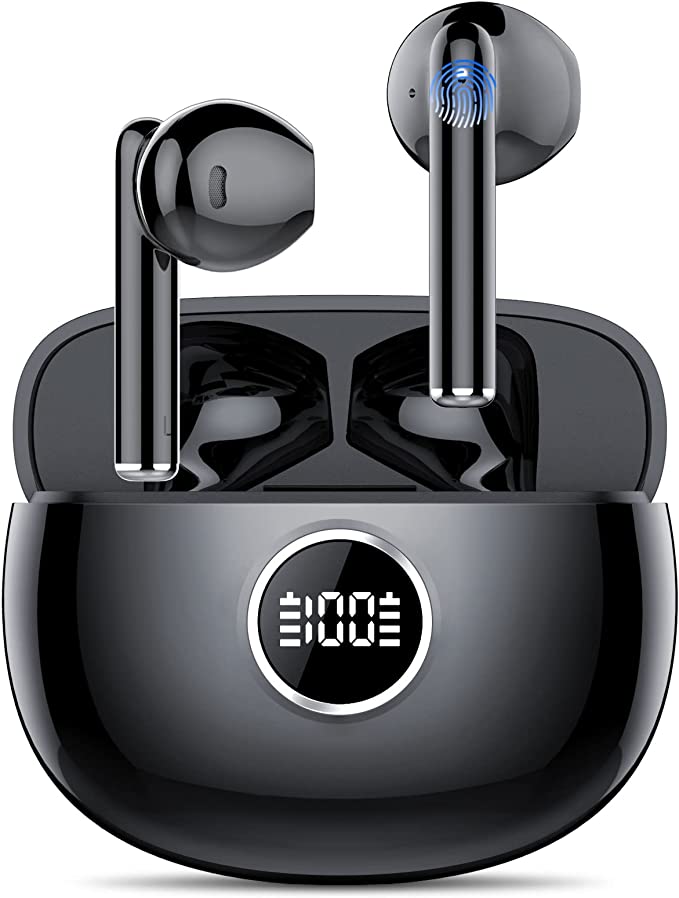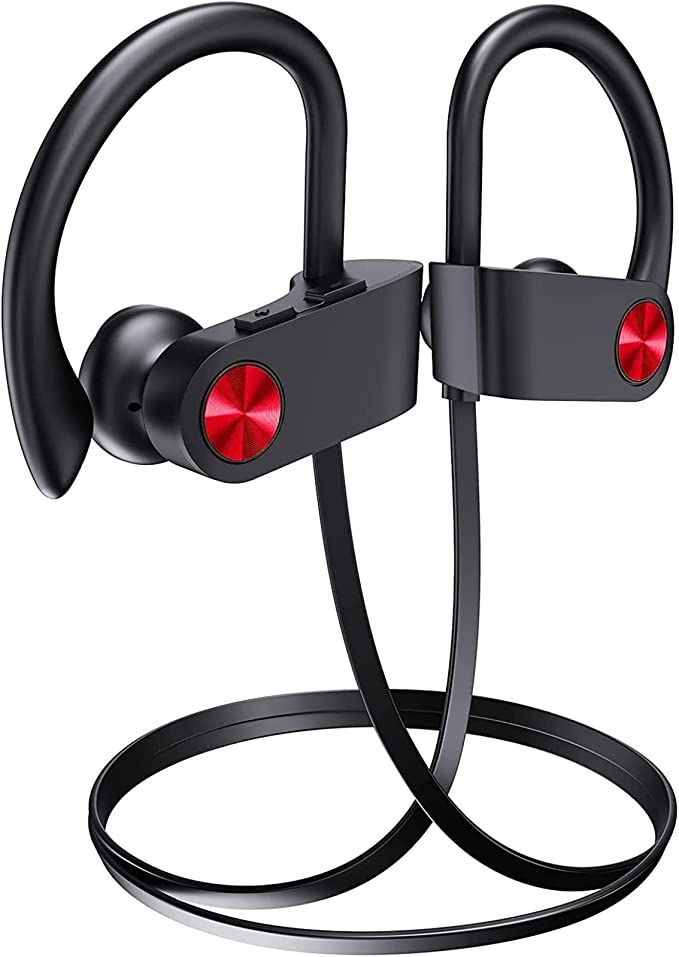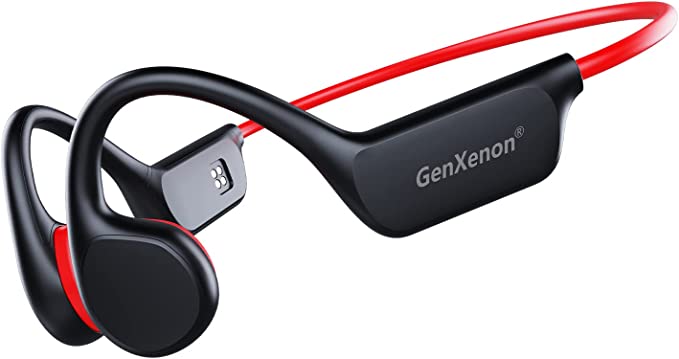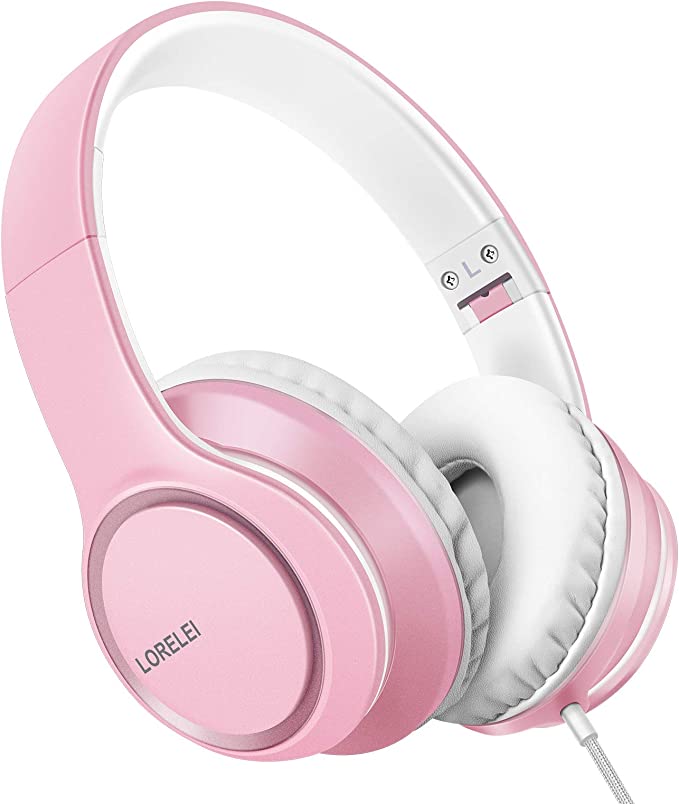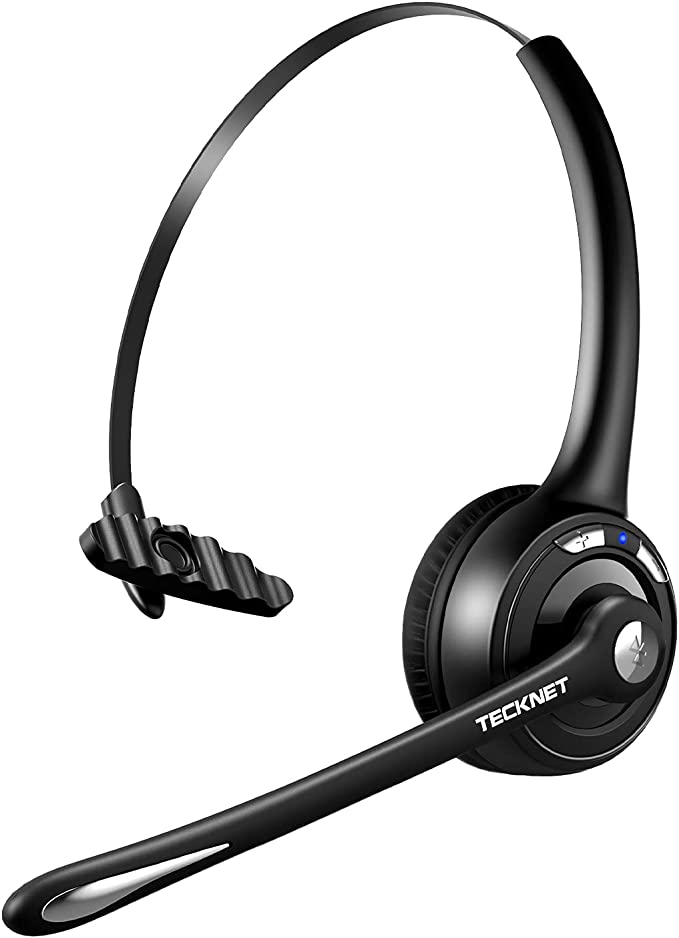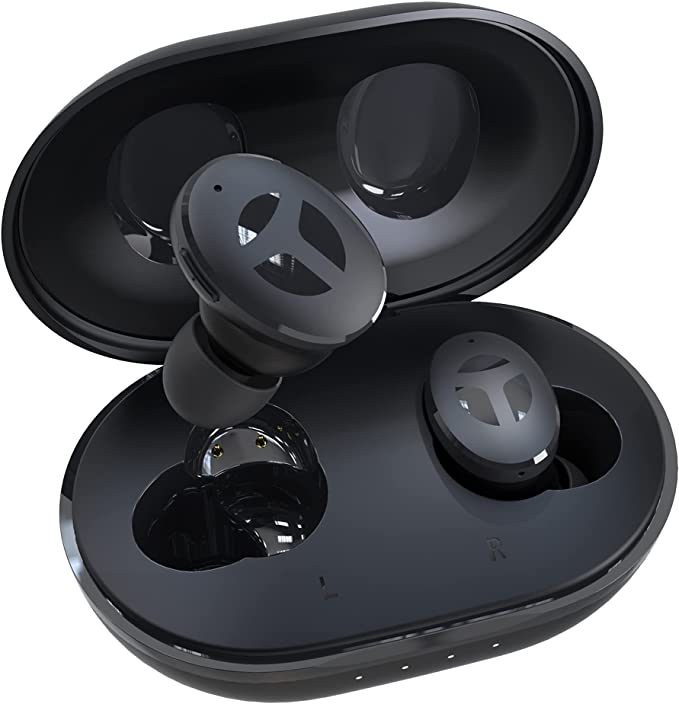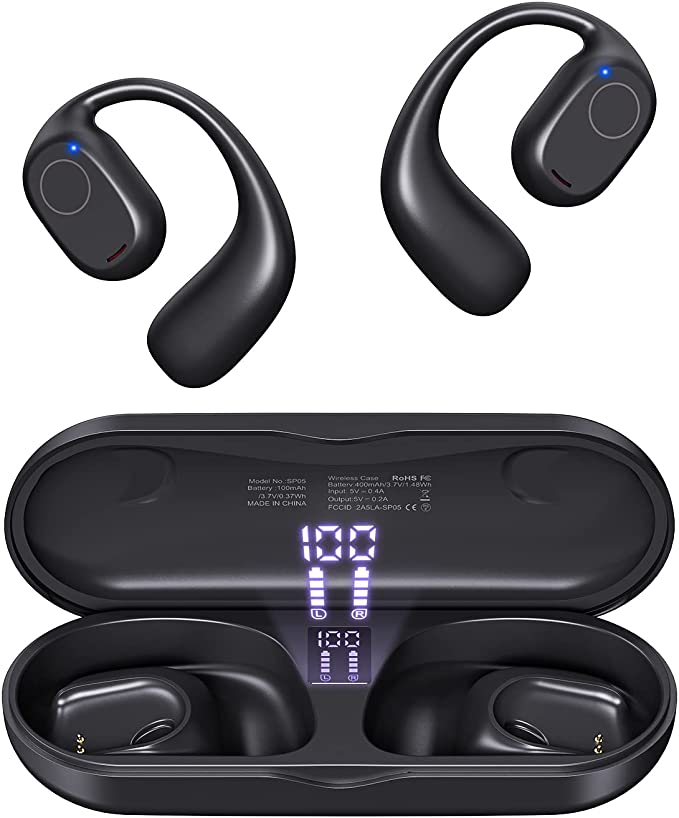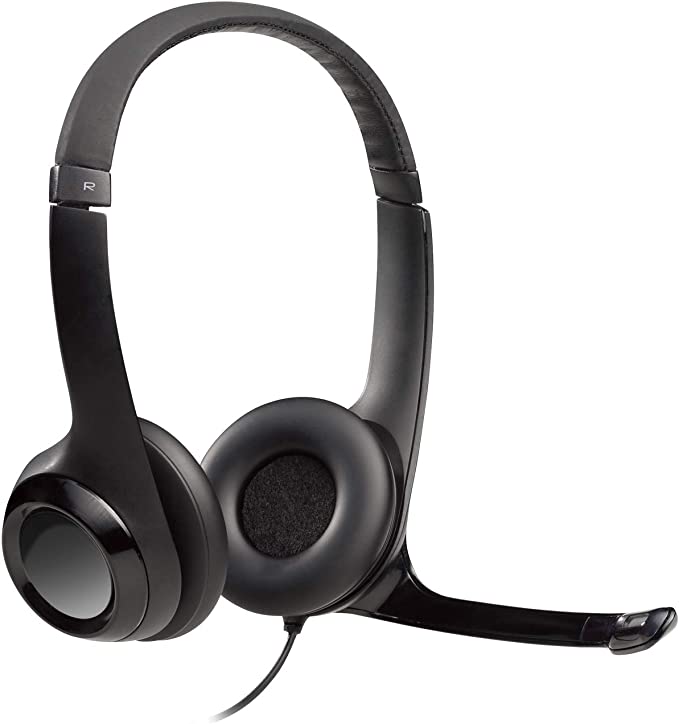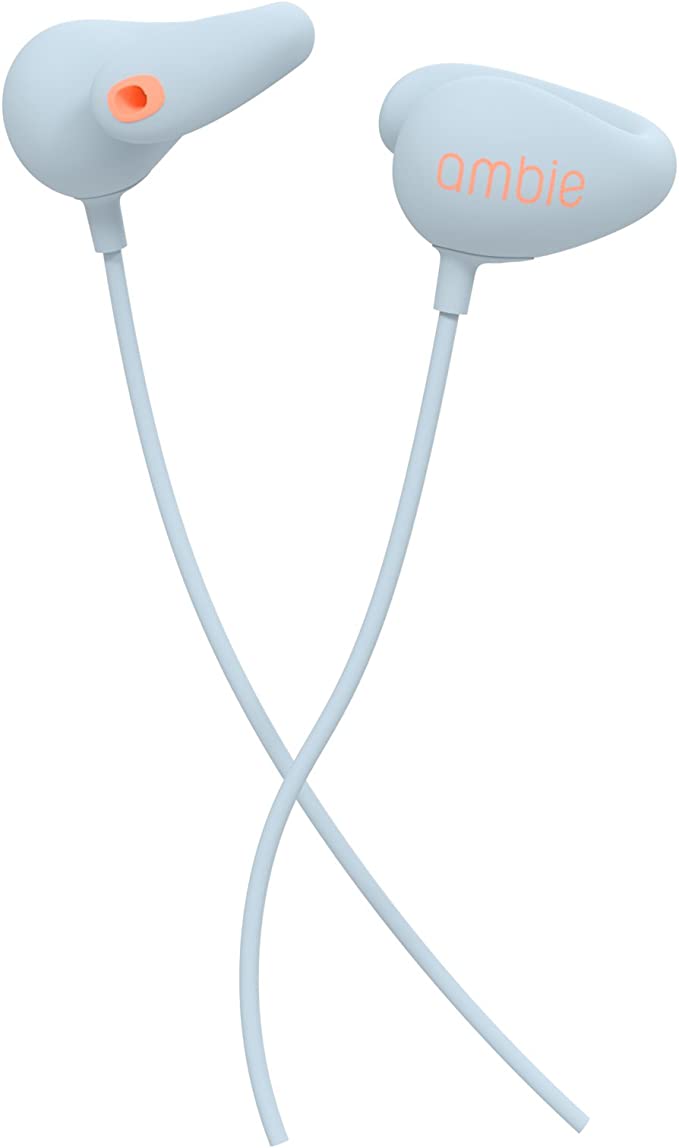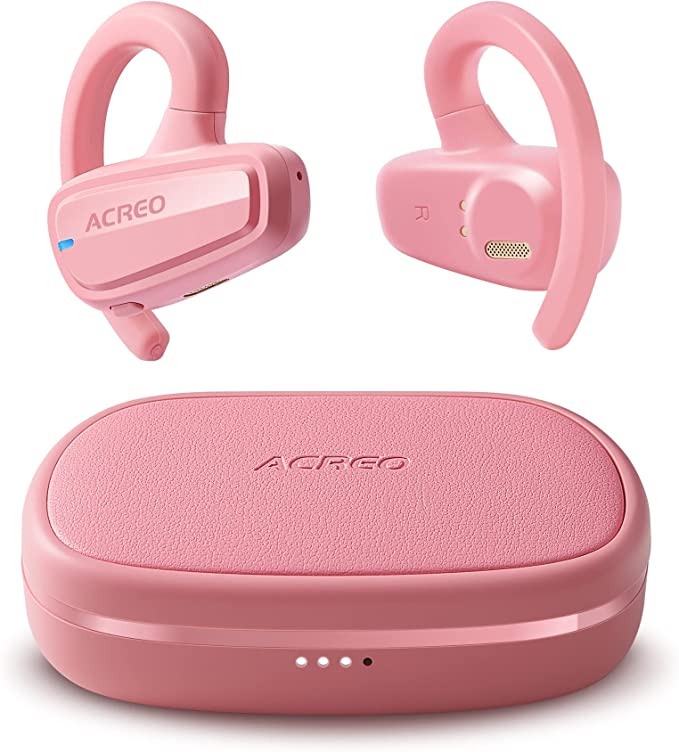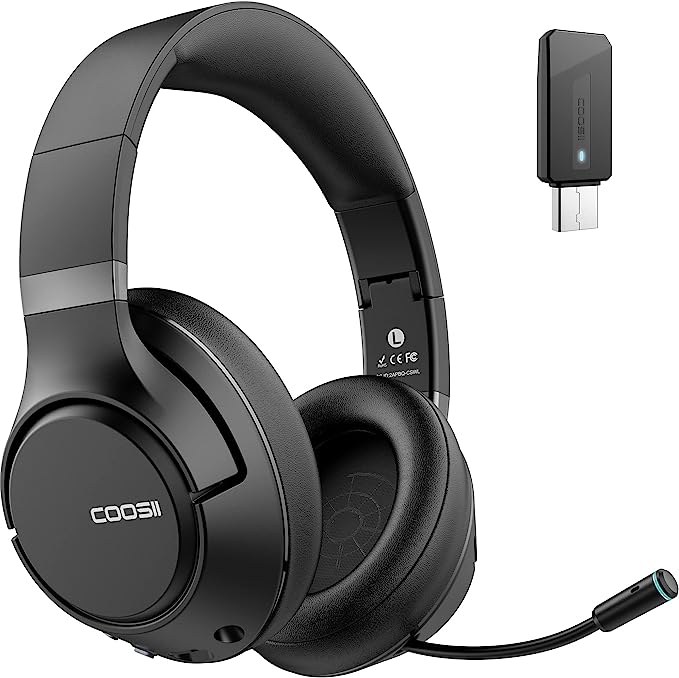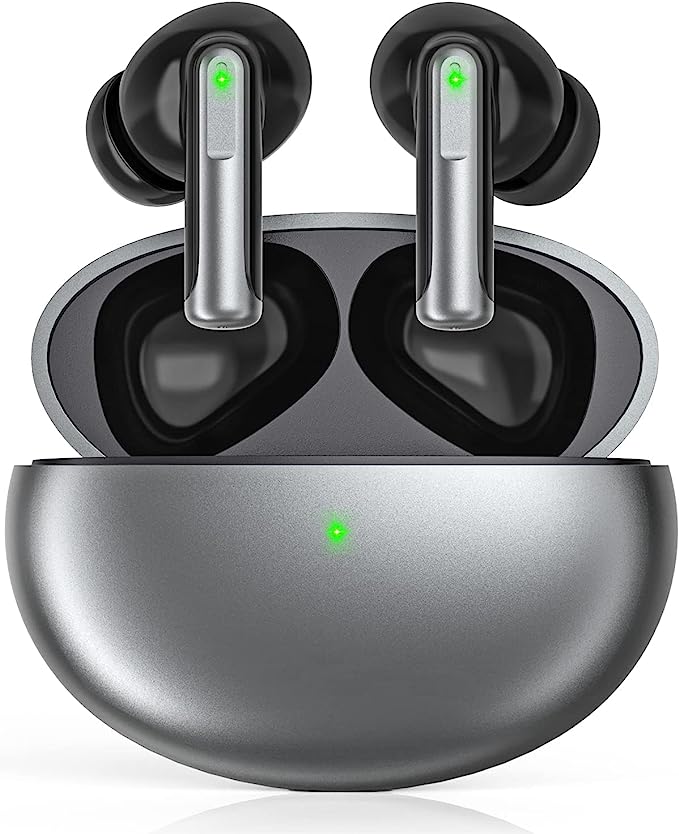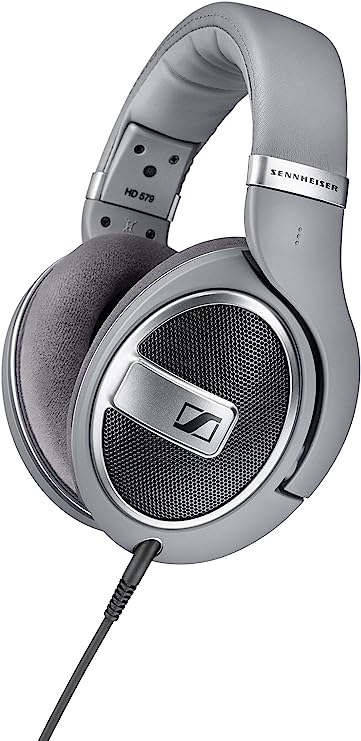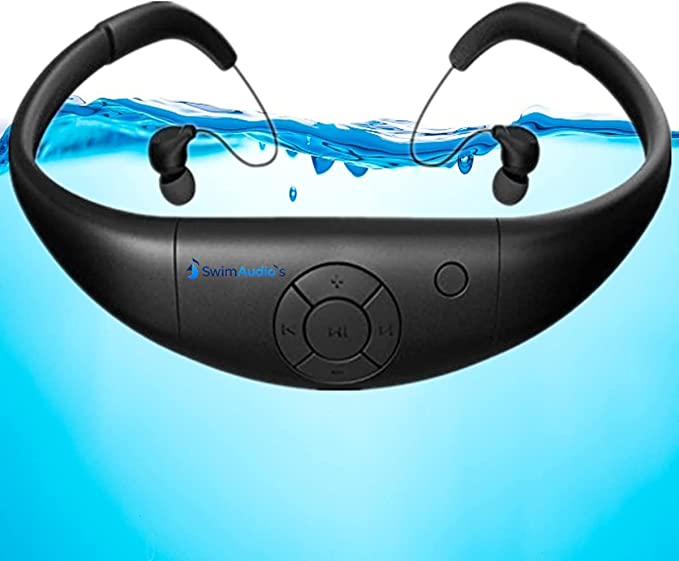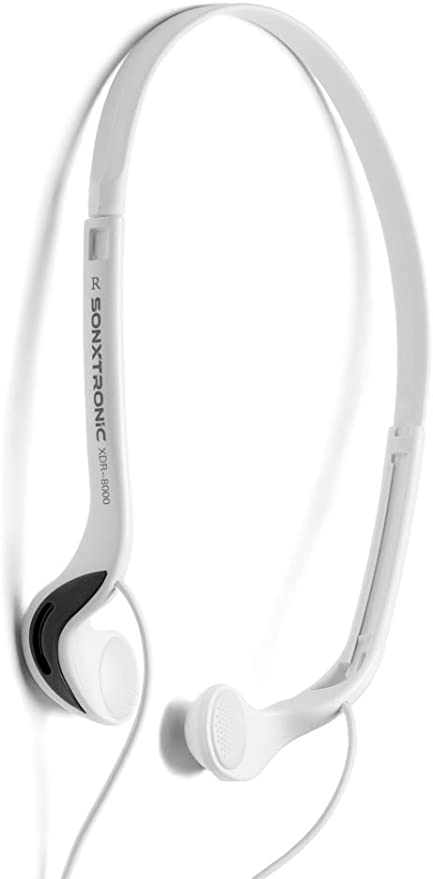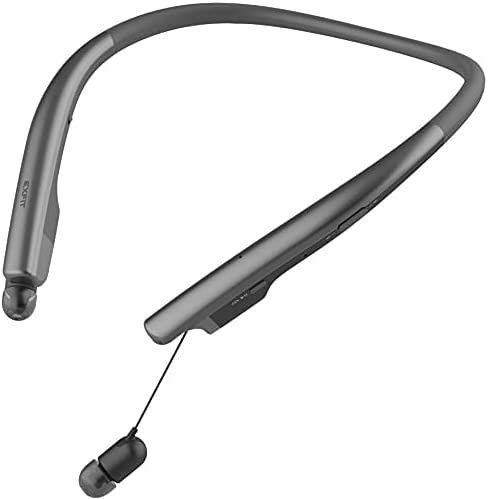Bovelt Airbuds 3 Exposed: The Science of Sound, Stamina, and Smarts in Budget-Friendly Wireless Earbuds
Update on June 25, 2025, 3:50 p.m.
In a world constantly buzzing with podcasts, playlists, and a never-ending stream of calls, wireless earbuds have become less of a tech novelty and more like an essential everyday carry. We all crave that liberating, untangled audio experience, but let’s be honest, the desire for top-tier features often clashes with the reality of our wallets. So, when a pair like the Bovelt Airbuds 3 pops up, boasting a compelling feature set for a deal price of $19.99, the curious tech enthusiast in us can’t help but wonder: is this too good to be true? Can a sub-$20 pair of earbuds genuinely deliver on promises of “deep bass,” “noise cancelling” (for calls, specifically), and an epic “60Hrs Playtime”? Well, grab your metaphorical magnifying glass, because we’re about to embark on a fascinating tech-detective journey to uncover the science and smart engineering packed into these remarkably affordable audio companions.

The Unseen Conductor: Bluetooth 5.3 and the Symphony of Seamless Connection
First things first: how do these little buds even talk to your phone? The magic, of course, is Bluetooth, and the Airbuds 3 come equipped with Bluetooth 5.3. Now, version numbers might seem like just a spec sheet filler, but in the fast-evolving world of wireless tech, they matter. Think of Bluetooth 5.3 as a more refined, more efficient conductor of your audio symphony compared to its older siblings. Its key strengths often translate to a more stable connection – meaning fewer annoying dropouts when you’re mid-song or mid-sentence. You might also notice quicker pairing speeds, especially with the “ONE-STEP PAIRING” feature. After that initial introduction to your device (finding “Airbuds 3” in your Bluetooth list), they’re designed to automatically say “hello” and connect almost aoon as you pluck them from their charging case. This near-instantaneous “handshake” is a small but significant quality-of-life improvement, especially when you’re rushing out the door for a morning run or need to answer an urgent call.
Furthermore, Bluetooth 5.3 is generally more power-efficient. This is crucial for small devices like earbuds, as every milliwatt saved contributes to that impressive overall playtime we’ll get to later. The Bluetooth Special Interest Group (SIG), the organization that shepherds the Bluetooth standard, continually works on these enhancements, ensuring our wireless world gets a little smoother and more reliable with each iteration. So, when you pop in the Airbuds 3 and they just work, seamlessly, that’s Bluetooth 5.3 doing its elegant, invisible dance.

Crafting the Vibe: Unpacking the 13mm Drivers and the Soul of “Deep Bass”
Alright, let’s talk sound. The product description for the Bovelt Airbuds 3 highlights their “13mm speaker and triple-layer composite diaphragms” that “provide powerful bass and clear mids.” For those new to audio jargon, the “driver” is the heart of any speaker or earphone; it’s the component that actually creates the sound waves. And in the tiny world of earbuds, a 13mm driver is quite a respectable size. Why does this matter? Generally, a larger driver diaphragm (the vibrating surface) can move more air. This ability to push more air is especially important for reproducing those low-frequency sounds that we perceive as rich, thumping bass. As reviewer Britney Jordan enthusiastically put it, “I listen to a lot of music that has Base, and these do not disappoint.” That satisfying oomph you feel in your favorite EDM track or hip-hop beat? That’s largely thanks to these 13mm powerhouses flexing their acoustic muscles.
But it’s not just about the boom. The mention of “triple-layer composite diaphragms” hints at a more sophisticated approach to sound reproduction. The diaphragm’s job is to vibrate with incredible precision to recreate the original audio signal. Ideally, it needs to be very light (to respond quickly to changes in music, ensuring clarity) and very rigid (to avoid flexing or deforming, which causes distortion, especially at higher volumes). A “composite” material suggests an engineered sandwich of different materials, each chosen for its specific properties, all working together to achieve that delicate balance. This careful construction is what helps the Airbuds 3 deliver those “clear mids” – the frequency range where vocals and many instruments reside – ensuring they don’t get muddied or overwhelmed by that powerful bass. While the term “Hi-Res Audio technology” is used, it’s important to understand that within the context of Bluetooth and budget-friendly earbuds, this likely refers to an overall design philosophy aiming for good fidelity and a pleasing sound signature, rather than adherence to strict, certified Hi-Res wired audio standards.

Hear and Be Heard: The Cleverness of Environment Noise Cancellation (ENC)
Now, let’s address the “Noise Cancelling Ear Buds” part of the product title. The Airbuds 3 feature Environment Noise Cancellation (ENC), which, according to the description, has a “built-in microphone that provides advanced audio enhancement and ambient suppression for a crystal clear call.” This is a key distinction to make: ENC is not the same as the Active Noise Cancellation (ANC) you might find in pricier headphones designed to create a quiet bubble for your music listening.
Instead, ENC is all about making your voice sound clearer to the person on the other end of your phone call. Imagine you’re walking down a bustling city street, or trying to have a conversation in a noisy coffee shop. The microphones in the Airbuds 3 are working to pick up not just your voice, but also those distracting ambient sounds. Then, clever audio processing algorithms (often a form of Digital Signal Processing, or DSP) kick in. They attempt to differentiate your speech from the surrounding hubbub and actively reduce or suppress that background noise before transmitting your voice. So, while you might still hear the traffic or the chatter around you, your caller should hopefully hear you more distinctly. Reviewers like Michelle Sausen noted the microphone “isn’t the best, but it’s clear,” and Danny Rominger found the “microphone is also of great quality,” suggesting the ENC is doing a respectable job for its class.

The Gentle Command: Deconstructing Smart Touch Controls
In our increasingly streamlined tech world, fumbling for tiny physical buttons can feel a bit archaic. The Bovelt Airbuds 3 embrace modernity with “SMART TOUCH CONTROL,” allowing you to “touch either earbud to control the phone, such as the volume adjustment, music switch, phone calls, voice assistant, etc.” This almost certainly relies on capacitive touch technology, similar to what’s used on your smartphone screen.
Your skin has a natural electrical capacitance. The touch-sensitive area on the earbud is designed to detect the minute change in its own electrical field when your fingertip makes contact. This registered change is then interpreted as a command – a tap for play/pause, a double-tap to skip a track, or perhaps a long press to adjust volume or summon Siri/Google Assistant. The beauty of this is its ease of use; there’s no need to physically press a button into your ear, which can be uncomfortable. It’s a gentle, intuitive way to stay in control of your audio world, especially handy when you’re exercising or your hands are otherwise occupied.
The Energizer Buds: Unveiling the Secrets of 60-Hour Playtime
One of the most head-turning specifications of the Airbuds 3 is the proclaimed “60H PLAYBACK TIME.” That’s a figure that promises days, not just hours, of untethered listening. How is this marathon stamina achieved? It’s a tag-team effort between the earbuds themselves and their trusty charging case. On a single full charge, each earbud can last for “4-8 hours (4 hours of talk and 6-8 hours of playback).” This in itself is pretty good for compact earbuds.
The real MVP in the longevity game, however, is the charging case with its 300mAh battery capacity. Think of this case as a dedicated little power bank for your earbuds. The product information states it can provide “5 full charges for both earbuds.” So, you do the math: (earbud playtime per charge) multiplied by (number of case recharges + 1 initial charge) gets you into that impressive 60-hour ballpark. This endurance is made possible by efficient Lithium-Ion battery technology, which packs a lot of power into a small, lightweight package, and by the power-saving characteristics of Bluetooth 5.3 and well-optimized internal electronics. For users like Danny Rominger, who found the “battery life is even better than described,” this means a lot less “battery anxiety” and a lot more freedom to enjoy their audio content on the go. And when it’s finally time to refuel the entire system, a full charge takes about 1.5 hours via a USB-C cable.
Beyond the Spec Sheet: Nuances of the User Experience
Technical specifications tell one part of the story, but the true character of a product often emerges from the little details of the user experience, many of which are subtly hinted at in the customer reviews.
Liam Britt, an audiophile, described the packaging as “Spartan” and found the container “awkward: it has no bottom or resting place.” This might be a deliberate cost-saving measure, a common strategy in budget-friendly electronics to allocate more resources towards the core technology. It’s a classic engineering trade-off: prioritize the internal tech or the unboxing frills? For $19.99, the focus seems squarely on the former.
On the other hand, the high “Comfort 4.9/5” rating (from the “By feature” breakdown) suggests the ergonomic design, which autumn scherbeh notes is an “AirPod look a like,” is generally successful. This familiar form factor has been widely adopted precisely because it tends to fit a wide range of ears comfortably for extended periods.
Then there’s Netscvngr’s interesting discovery about the charging light: “flashing red means that it’s charging and solid red means that it’s done. I was waiting to see green but the solid red threw me.” This is a fascinating glimpse into user interface (UI) design. While not a functional flaw, it highlights how small design choices in indicators can sometimes lead to minor user confusion if they deviate from more common conventions (like a green light for “fully charged”). It’s a reminder that even seemingly simple elements require thoughtful consideration.

The Verdict: More Than Just a Bargain?
So, what’s the final take on the Bovelt Airbuds 3? When you weave together the threads – the modern connectivity of Bluetooth 5.3, the surprisingly capable 13mm drivers aiming for that deep bass, the call-enhancing ENC, the convenience of smart touch controls, and that truly impressive 60-hour total playtime – all wrapped up in a package that hits a $19.99 deal price, it’s hard not to be impressed. The consistently high user ratings for “Value for money 4.9/5” and “Sound quality 4.7/4.7” (allowing for user perception) underscore this.
These earbuds aren’t about chasing the absolute pinnacle of audiophile perfection or groundbreaking, never-before-seen features. Instead, they represent a masterful exercise in the “engineering of affordability.” It’s about making smart technological choices, optimizing existing technologies effectively, and focusing on the features that deliver the most tangible benefits to the everyday user. The Bovelt Airbuds 3 stand as a compelling testament to the idea that you don’t always need to break the bank to enjoy the convenience and pleasure of quality wireless audio. Empowered with a little understanding of the science and engineering whirring away inside these tiny marvels, you can truly appreciate the thoughtful design that makes such an accessible and enjoyable listening experience possible.

